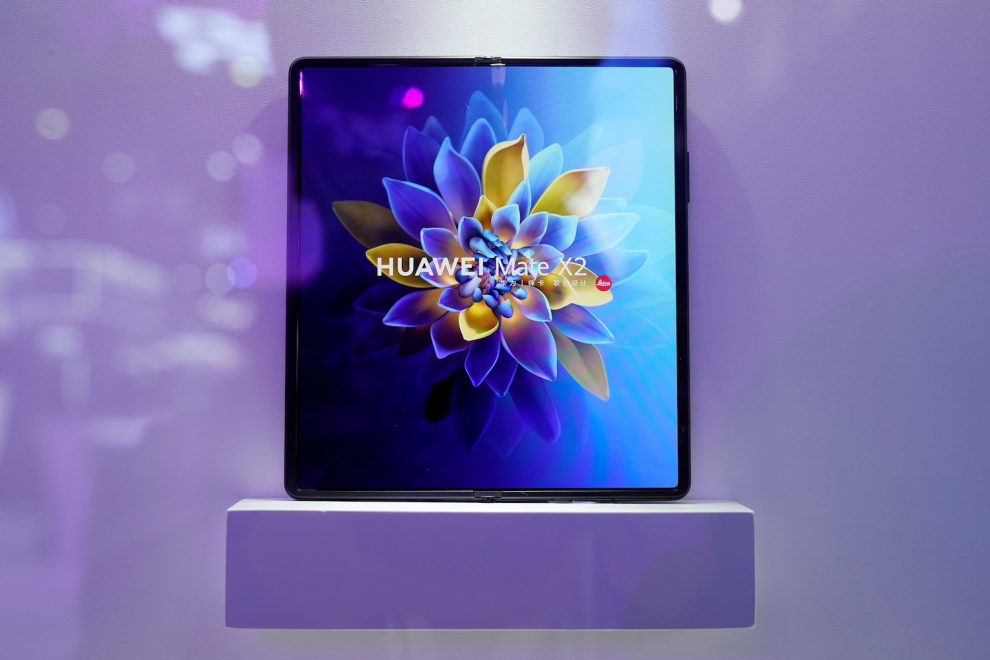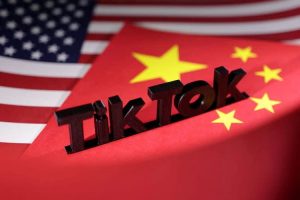(AF) Diversification into new areas such as “smart” car solutions, cloud computing, artificial intelligence (AI) and business-focused 5G applications helped Huawei Technologies offset the US sanctions blow to its smartphone business and see smaller revenue and profit growth in 2020.
While the Chinese tech firm is scheduled to release its 2020 financial results in late March, rotating chairman Ken Hu revealed in his speech at industry event Mobile World Congress Shanghai that both of Huawei’s revenue and profit ticked up slightly last year.
The company was put on an export blacklist by former US President Donald Trump in 2019 and barred from accessing critical technology of US origin, affecting its ability to design its own chips and source components from outside vendors.
Huawei has repeatedly denied it poses a security risk.
“Huawei was confronted with some extraordinary difficulties last year,” rotating chairman Ken Hu said at industry event Mobile World Congress Shanghai. However, “operations were relatively stable and in line with our guidance,” he added.
Facing huge blows from the US sanctions on its smartphone business, Huawei has adopted a “1+8+N” device portfolio strategy with “1” representing the smartphone, “8” referring to other Huawei devices such as smart TVs, laptops, watches, and head units, and “N” meaning third-party devices enabled by Huawei’s IoT solutions.
Huawei is also expanding the use of 5G in business scenarios, in sectors such as mining, transport, manufacturing and health care.
Underground 5G Base Station
In north China’s Shanxi province, the company has deployed an underground 5G base station that is explosion proof to enable unmanned coal mining.
In north China’s coastal city Tianjin, Huawei has partnered with China Mobile to roll out nearly unmanned lading and transport at the port.
In metropolis Shanghai, Huawei and China Unicom have helped built “smart” manufacturing workshops for Commercial Aircraft Corporation of China to boost the efficiency of aircraft making.
Besides consumer, enterprise and telco business segments, Huawei has added a new business group to focus on cloud computing and AI. It has also stepped up development of “smart” car solutions.
Earlier this month, the company’s founder and Chief Executive Ren Zhengfei said he hoped the Biden administration would “harbour an open policy” towards US firms doing business with Huawei in his first comments to the media in about a year.
Huawei on Monday unveiled its new 5G Mate X2 foldable phone, which will use inventory of the company’s proprietary Kirin processor that it stockpiled before US sanctions went into effect last September.
Huawei set up 50,000 5G base stations in Indonesia, Hu said, adding that it plans to build 2,000 base stations in remote regions of Ghana.
Huawei has deployed over 300 mobile networks in 170 countries around the world, according to Hu. Its 5G gear can now provide up to 800 Megabits per second (Mbps) of bandwidth for downlink, and the company aims to boost the speed to 6 Gigabits per second (Gbps), he said.
China has so far spent more than 260 billion yuan ($40.27 billion) in building its 5G network, an official with the Ministry of Information and Information Technology said on Tuesday.
• Iris Hong, with Reuters
This report was updated on February 28, 2022 for new style standards.
ALSO SEE:
- Huawei ramps up chip investment as smartphone shipments tumble
- Honor in 5G tie-up with Qualcomm after cutting ties with Huawei
- As stocks deplete, Huawei plans its own in-house chips
- Huawei says consumer chip supply is challenging
- New Huawei chairman bends the knee to Qualcomm
- Huawei inks deal in Shanghai to create its own microchips
























